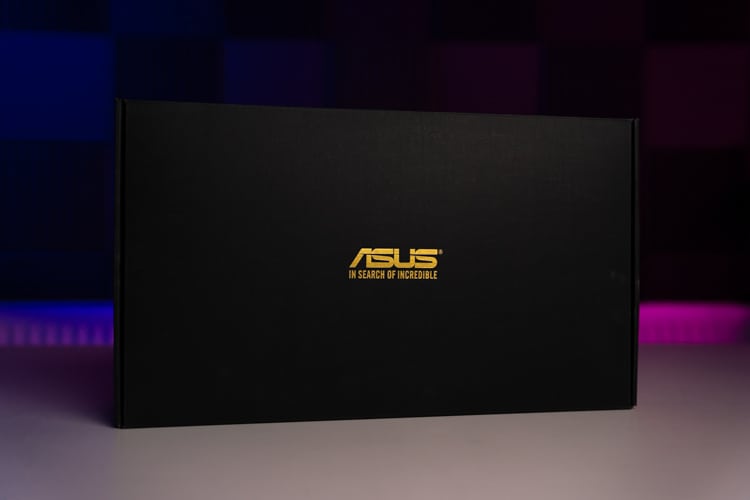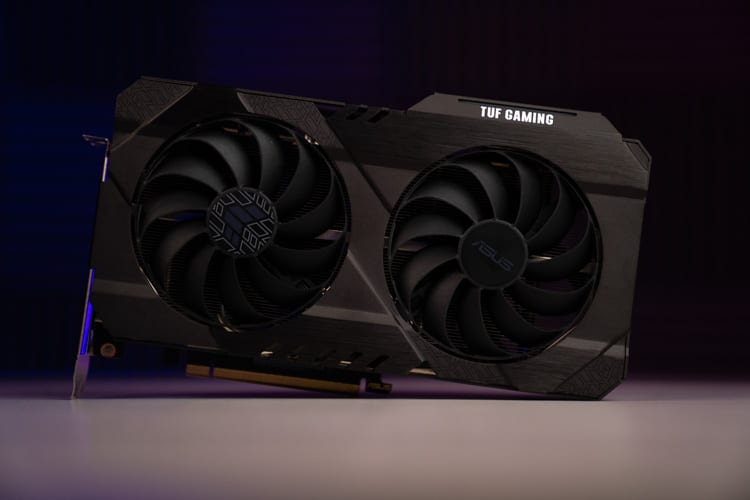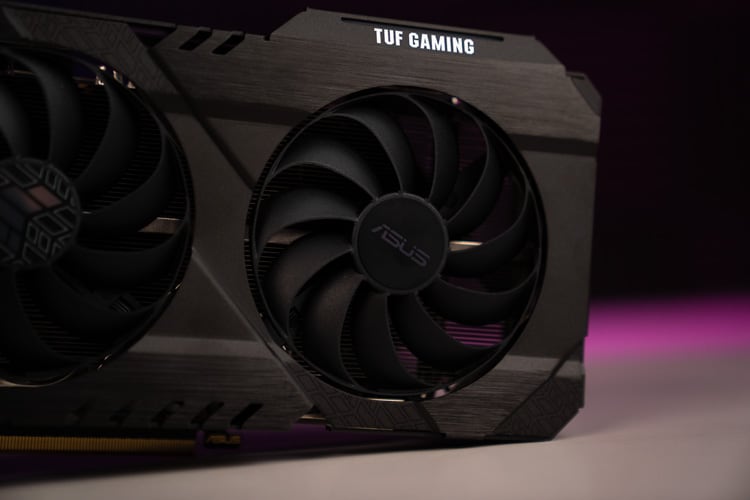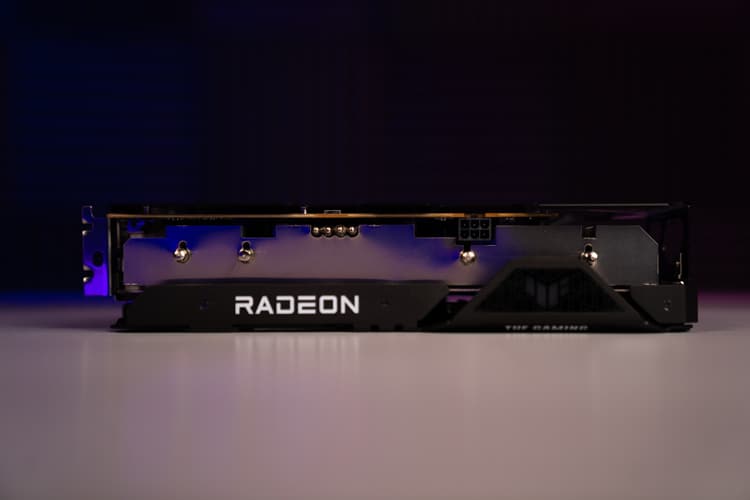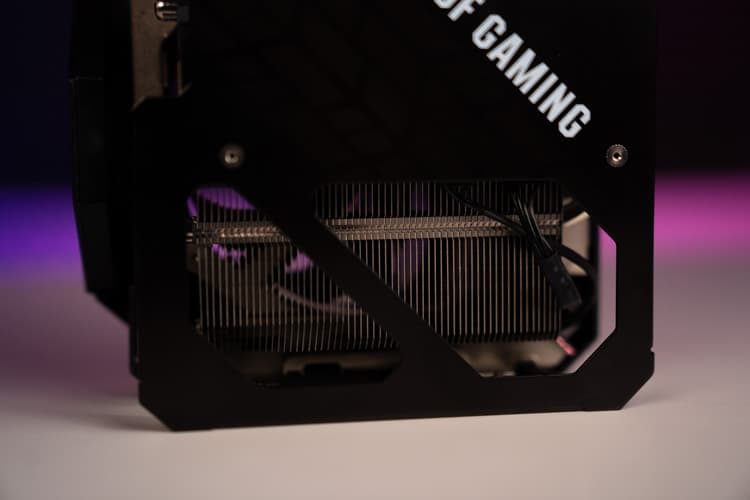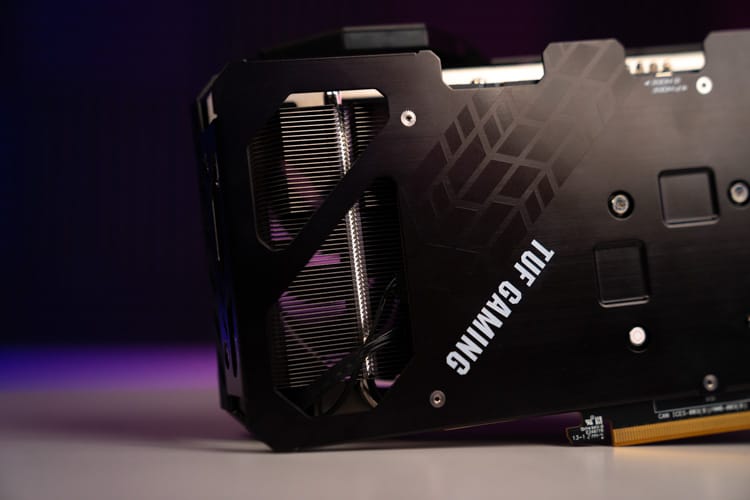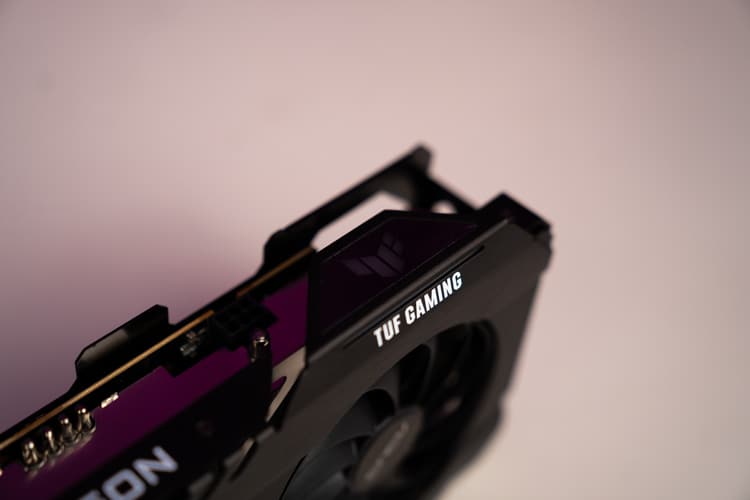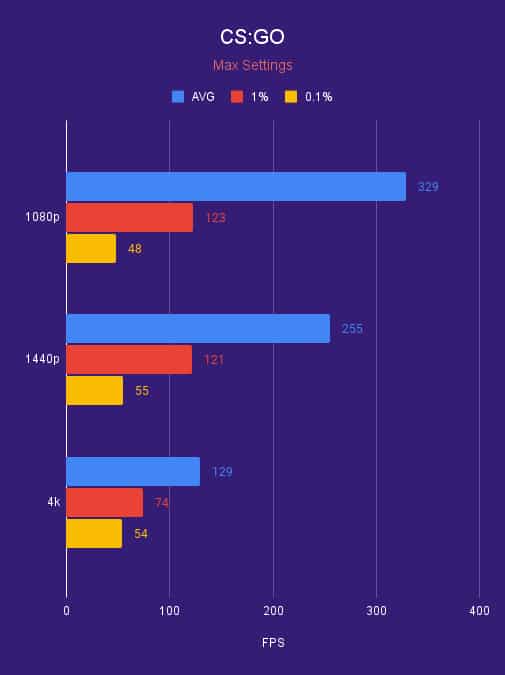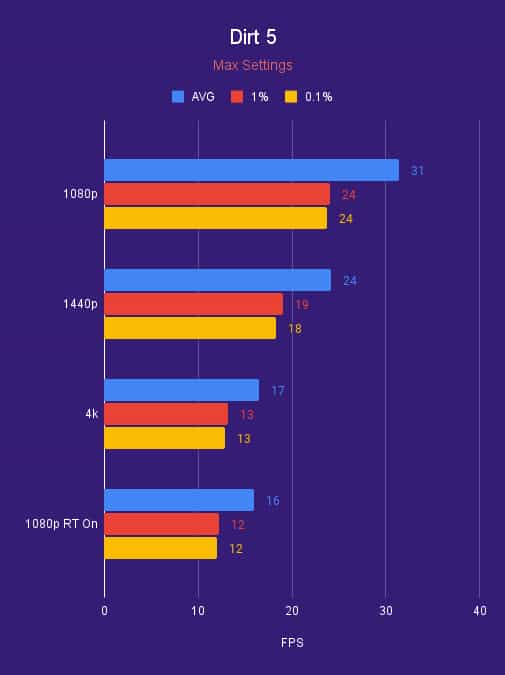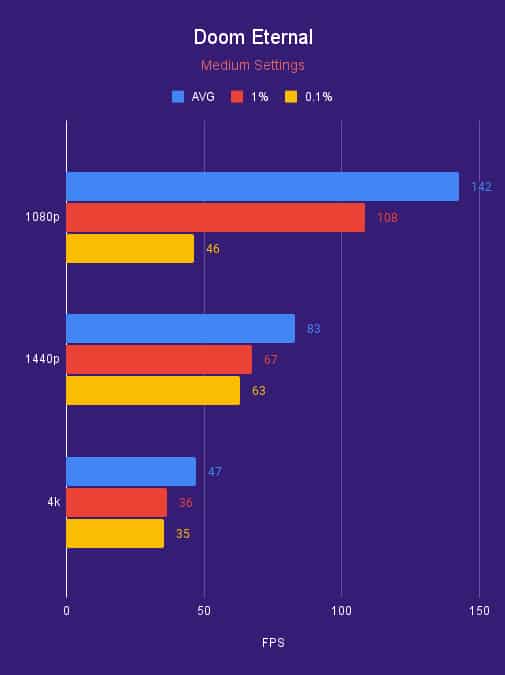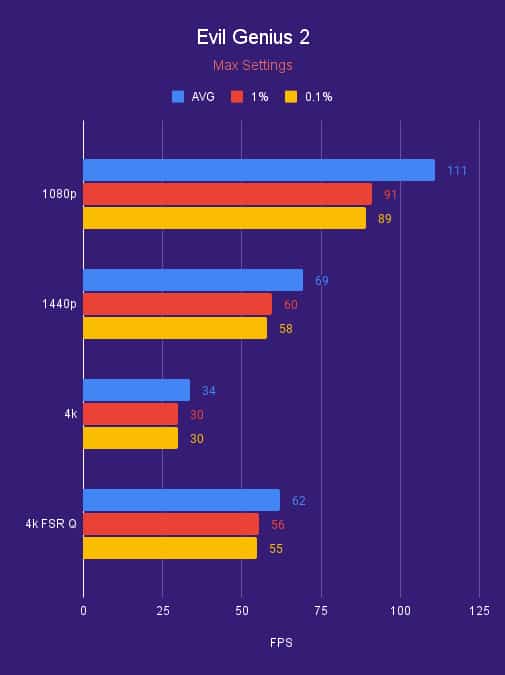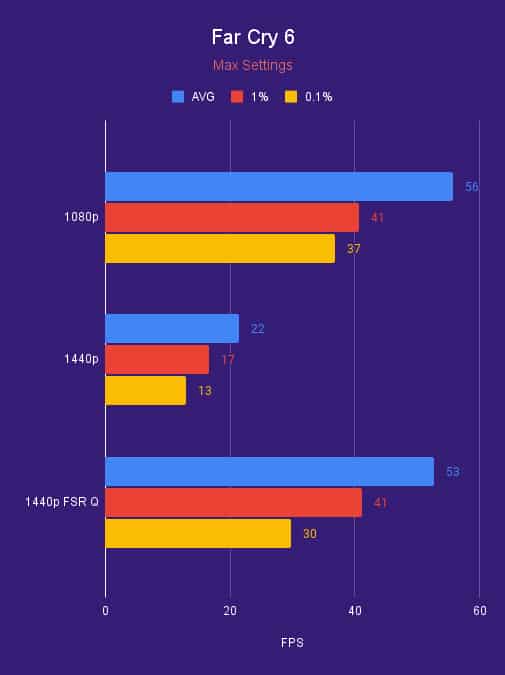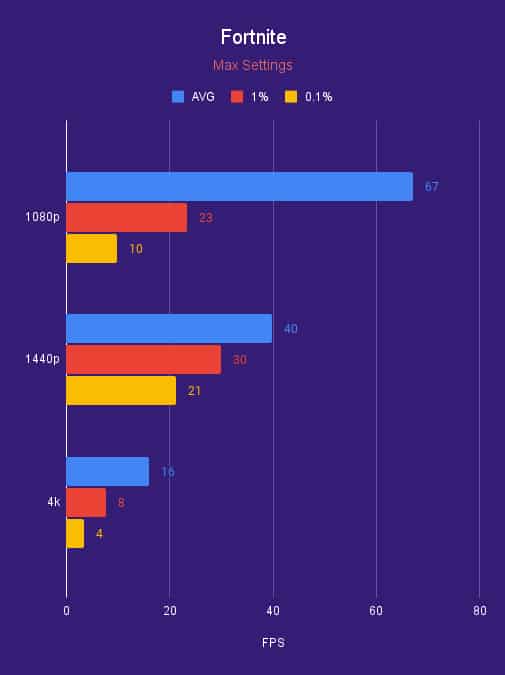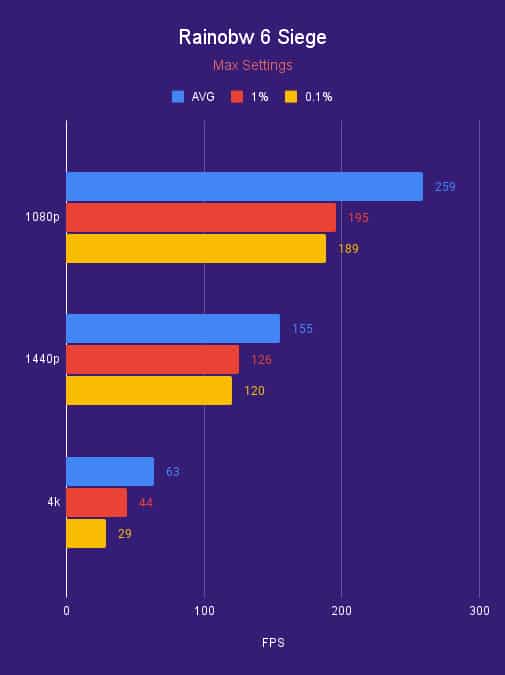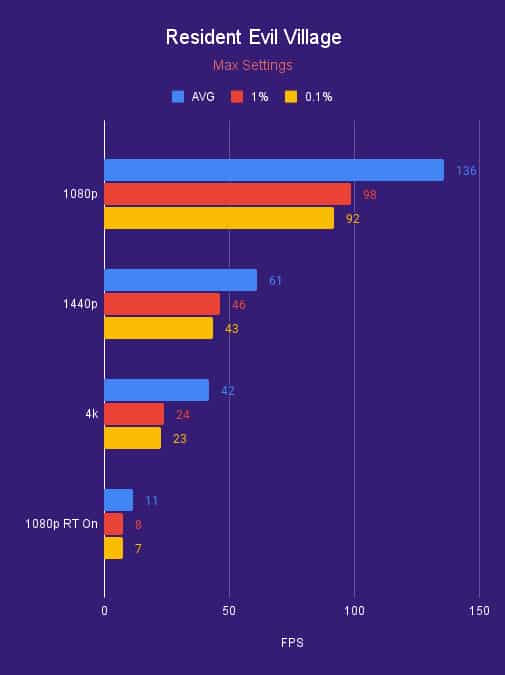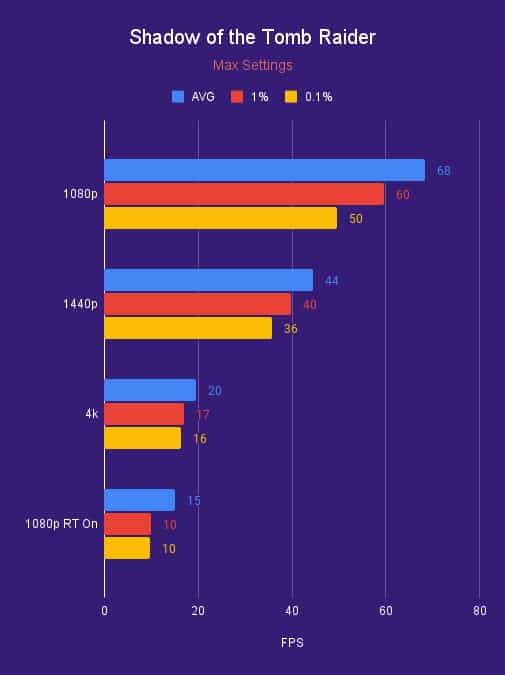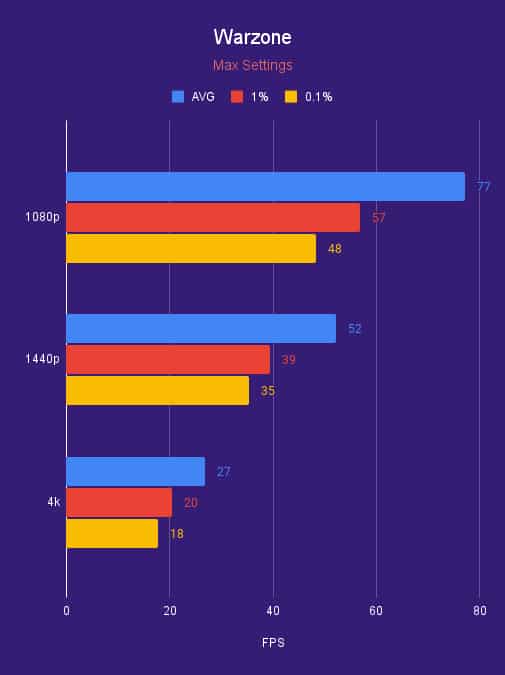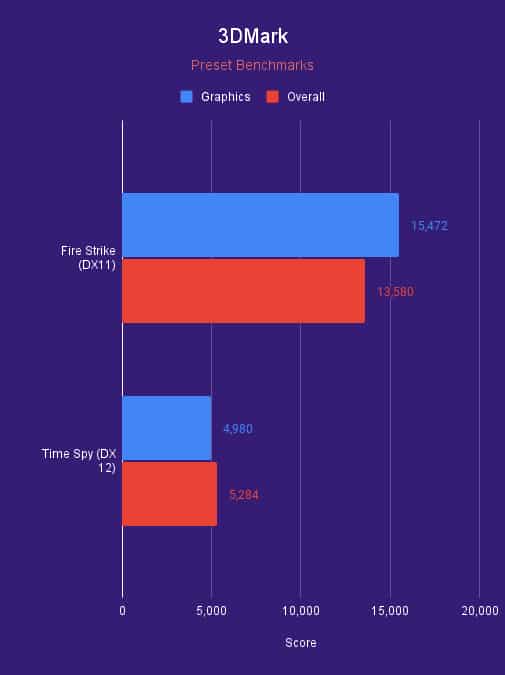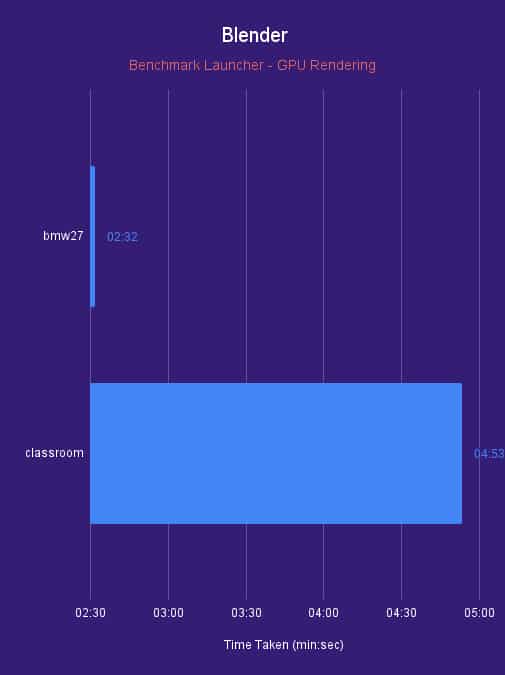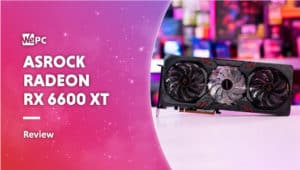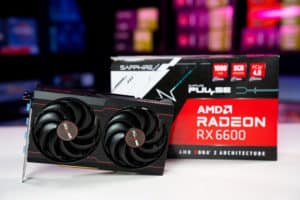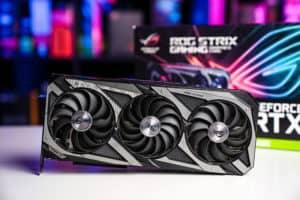ASUS TUF AMD Radeon RX 6500 XT review
We benchmark and review AMD's new entry level card to see if it can take the crown
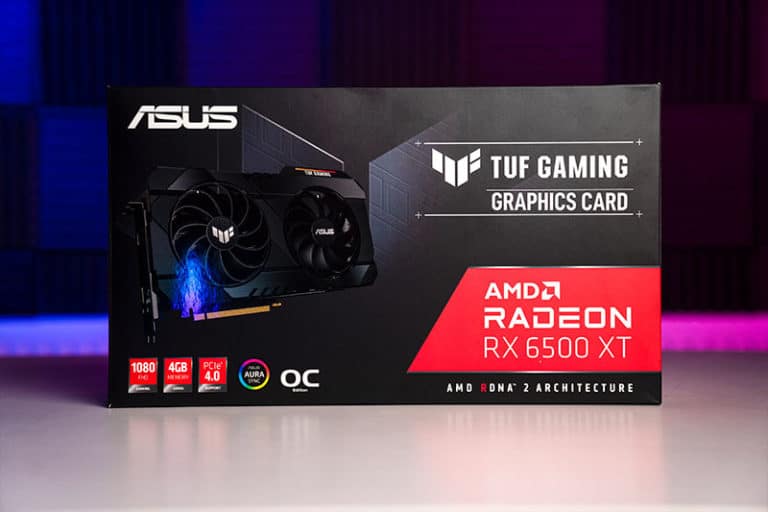
In its CES conference in January, AMD announced its new range of notebook APUs and chucked in the mention of its new RX 6500 XT GPU alongside that. But, the lowest end of the range hasn’t set the world alight and there’s been a lot of criticism about the 6500 XT ahead of its release. Listed specs show the card only uses four of its 16 PCIe lanes, which limits the bandwidth to just 8 GB/s. This begs the question, can the RX 6500 XT really topple the low-end titans like the RX 580 and the GTX 1050Ti?
This card promises a $200 MSRP (even though it has been listed for €300) which would make it the next low end choice over the GTX 16 series and its own RX 500 series cards. That is, if you can actually get any stock from retailers and not from scalpers. With the release of the RX 6500 XT, AMD has kept the specs minimal, with some features like encoding missing entirely. The encode block has been skipped on the PCB so you won’t get av1 and h264 encoding from the GPU. However, AMD suggests that CPU solutions are optimal if you’re in a situation requiring them. They also have limited the VRAM on the card to just 4GB. This is to reduce costs and keep the MSRP of the card to that hard limit. It also should keep crypto miners at bay from these cards, since the DAG (directed acrylic graph) of Ethereum sits at 4.641 GB.
Getting these cards in the hands of low end gamers could help alleviate the pressure on supply and just getting more of them out there may eventually quell the hunger everyone has over getting a new graphics card. But, before all of that, how does it actually perform in real life? Are the initial criticisms justified?

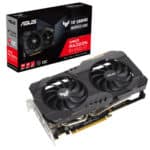
Aesthetics and packaging
In usual ASUS packaging, the card sits firmly in a foam insert fitted to size. There are no exciting gifts included, just the thank you card and a setup guide (although the final product should get a collector card).
The snuggly fitting TUF graphics card comes in its anti-static wrap and it’s a chunky card. TUF’s design is always rough and sturdy, looking like it can handle anything that comes at it. The card is covered in a machined aluminum shroud with a sturdy robust design, which also will make sure your card does not suffer any sag long term.
The RX 6500 XT graphics chip is RDNA 2 silicon. Based on the 6nm manufacturing process, there is overlap with their new Ryzen 6000 mobile chips. This gives AMD a very small die size as well at only 107mm². This means that the chip is not too hard to cool down and won’t be getting that hot. Yet, the TUF RX 6500 XT will make sure you don’t have to worry about the temperature at all, with a 2.7 slot design heatsink along with four heat pipes feeding into it to keep the core chilled.
With the rough metal design, ASUS TUF throws in a splash of RGB onto its design with a colored logo. Of course, it can be synced to more AURA devices and means you can integrate it well into your build or turn it off if it’s not your style.
ASUS TUF AMD Radeon RX 6500 XT specifications and price
- Quiet work even under heavy loads
- Effective cooling solution keeps temps low
- Quality build designed to last
- Fastest overclock with plenty more headroom
- Custom solution may raise the price significantly
The ASUS TUF RX 6500 XT is not much changed from the AMD reference specs, mainly the OC of the card. It is based on RDNA 2 with a 6nm manufacturing process, holding 5.4 billion transistors in just that small space of 107mm2. It also has 16 compute units and ray accelerators, with 1,024 stream processors, with the boost clock reaching 2,845 MHz (compared to the base clock of the card being 2,685 MHz). This feat is quite impressive and might give the card the advantage where it’s lacking.
The 6500 XT does only feature 4GB of GDDR6 memory and does not boast other variants, so AIBs only have this option. However, it does come with 16MB of infinity cache, giving the card an effective bandwidth of 231.6 GB/s along its PCIe 4.0 x 4 lane and 64-bit memory interface.
The graphics card dimensions are 250mm x 147mm x 54 mm (9.76” x 5.78” x 2.12 inches), which makes it relatively small. It also only features two display ports as the ASIC (application-specific integrated circuit) only has two display engines in it. ASUS has chosen to integrate an HDMI and DP port onto its RX 6500 XT and it’s a good choice with most modern displays utilizing both of them. The display port 1.4a and HDMI 2.1 will allow plenty of bandwidth for high refresh rates ready for the esports titles most likely at 1080p.
Thermal design and cooling
The ASUS TUF RX 6500 XT features a great big heatsink spanning the whole card. The heat spreader on the die holds four heat pipes that distribute the heat to the 2.7 slot cooler evenly and give it plenty of dissipation area. With such a large surface area and two slim axial tech fans, the GPU is bound to stay cool throughout usage as well as remaining quiet. The back of the card also has a cutout for airflow for a well-vented backplate to not impede the cooling process.
Overall, the design does work with the GPU reaching a maximum temperature of 52°C (123°F). This is throughout all our game testing, synthetics, and full loads, never reaching an obscene value. This is especially surprising with the ambient temp around the test bench being 23.5°C (74.3°F). This also helps with the noise – the fans on the card never went over 40% load. Along with the temps, the fans maxed out at 39% which is 1,424 rpm, not only keeping the card quiet throughout all the workloads but giving plenty of headroom for any overclocking.
ASUS TUF AMD Radeon RX 6500 XT Benchmarks
The benchmarks were done with a prerelease driver 22.1.1 and so the performance and behavior of the graphics card may vary slightly on release. This is hopefully the case as we found some anomalies in our version with the ray tracing performance much worse than expected, as well as reporting software spitting out erroneous information. Nevertheless, the normal performance is still more than enough for entry-level gaming.
We tested 10 games along with two synthetic benchmarks to strain and test the performance of the card. In the games, we attempted to run them at max settings to keep a standard amongst our benchmarking. However, we came across a couple of issues where the games would not allow us to run above the limited VRAM (i.e. Doom Eternal treating the 4GB VRAM as a hard limit).
The limited VRAM will also cause lower performance when crossed, like in graphic demanding games. So lowering settings on these games will improve performance significantly. We kept with higher settings though as they are a baseline for our testing across all cards for easier comparison.
CS:GO
The game is already coming up to being 10 years old, so still running source engine and supporting DX 9 it is not hard to run at all. Unsurprisingly, the card performed exceedingly well for even the high refresh rate competitive level. At 1080p it got to around 329 fps on average which means high refresh rate monitors would display the game very smoothly. Even at 1440p, the card averaged 255 fps, which when used with a 240Hz monitor will also give you a great experience to play with. 4k was also possible with the game averaging 129 fps but it definitely isn’t its best performance.
Dirt 5
Dirt is a graphically more intensive game and it does have a big effect on the performance at max settings. However, the framerate is very consistent and has a lot of improvement in it after lowering the settings. At 1080p the card averaged 31 FPS, at 1440p it got 24 FPS, and at 4k, 17 FPS. Even the 1% and 0.1% didn’t drop too far below the average so the game runs without any real hitches. The ray-tracing performance was taxing but at 1080p it still averaged 16 FPS, about half the performance. Adjusting the settings will give the card an easy 60 FPS performance at 1080p which is nothing to complain about.
Doom Eternal
Along with limiting settings to the VRAM, we could only run the game at medium settings, with the ray-tracing option disabled. The lower settings give the card great performance in the game though. At 1080p the card averaged 142 FPS, with 1440p averaging 83, and 4k getting 47. That’s a good performance overall and definitely enjoyable. With even more tweaking you could get even more out of the card.
Evil Genius 2
One of the games that implements AMD’s FSR technology, the cartoony graphics give FSR a good chance to show off its power without having too much of an adverse effect on the quality. Even without the option on ultra, the game performance is up there. At 1080p the card reached 111 average FPS, and even at 1440p, it averaged 69 FPS. At 4k it averaged just 34 FPS. There is the option of using FSR, which we tried on quality mode in 4k and it nearly doubled the performance to 62 FPS.
Far Cry 6
This is a more demanding game, and at high settings at 1080p, it struggled to reach 60 with an average of 56 FPS. So higher resolutions do prove harder, with 1440p only averaging 22 FPS. 4k is not even a real option, but at 1440p testing FSR on quality we got 53 average FPS, more than double without it.
Fortnite
Another esports title but much more taxing at high settings compared to the likes of CSGO. On ultra, it averaged 67 FPS at 1080p, with 40 FPS at 1440p and just 16 at 4k. It’s a title that needs lower settings for higher and smoother gameplay.
Rainbow Six Siege
Another easy to run esports title, and it showed with the performance. At 1080p we averaged 259 FPS, and 155 FPS at 1440p. At 4k we managed to get 63 FPS. That’s a good performance for the competitive scene and high refresh rate monitors.
Resident Evil Village
Even though turning up the settings does return messages telling you it’s unsafe and unnecessary, the game still performed very well. At 1080p the card averaged 136 FPS with 61 FPS at 1440p and 42 at 4k. This game did struggle with ray tracing but this was likely due to the beta driver, with just 11 FPS at 1080p. This will likely be improved but there is also FSR in the game so you can improve the performance.
Shadow of the Tomb Raider
Another more graphically intense title which at 1080p on ultra averaged 68 FPS, with 1440p getting 44 FPS and 4k averaging 20 FPS. So even on the highest settings, you can get a solid performance, but playing with settings will get you even more.
Warzone
The last game is a competitive shooter and Warzone at max settings also performed well enough. At 1080p, it managed 77 FPS with a 1440p average of 52 and 4k of 27 FPS. That’s definitely playable and you can get better by changing the settings too.
Synthetics
Apart from gaming, there are some benchmarks to compare it to other cards and use as a performance metric.
3DMark
We tested the card in Fire Strike and Time Spy which test the DX 11 and 12 capabilities of the graphics card. In Fire Strike, the 6500 XT achieved a graphics score of 15,472 and an overall score of 13,580. The Time Spy graphics score hit 4,980 with an overall of 5,284.
Blender
Blender allows for benchmarks for rendering out 3D scenes. They have a handy launcher choosing which card or CPU you want to use and which scenes to test. We use BMW27 and the classroom in our testing. The BMW render took 2 minutes 32 seconds and the classroom took 4 minutes 53 seconds.


Overclocking
The pre-release driver we had during our testing came with some limitations, so although our benchmarking was sufficient there were other areas that seemed limited or not released yet. MSI afterburner offers a convenient way to overclock your card and we had no issue with just sliding the core clock bar to the end and the same for the memory clock.
After leaving it under load for a good hour (giving the card plenty of time to crash) there was no issue. However, there was no option to increase voltage, either limited by card or driver and so the overclock was limited to a boost in clocks. These clocks only achieved 2850MHz at max and not much more than the OC TUF released the card with. This may change further down the line and could possibly mean the card reaches 3GHz.
Conclusion
The RX 6500 XT is a great 1080p card that can easily achieve 60 FPS in the majority of titles at high quality. Realistically, most people don’t need more than that, and Steam hardware surveys show that 67% of players are still using 1080p monitors. With the most popular GPU still the GTX 1060, many would like the idea of a cheap upgrade. The GTX 1060 released in 2016 with an MSRP of $299, and the RX 570 came out a year later for $169. Now this RX 6500 XT offers a better score per performance metric based on the 3D mark score. The new card offers 25 score per performance, compared to 13 and 22 (1060 and 570 respectively).
So the performance is there, but what about the stock and actual cost? AMD promises an MSRP of $200, but this card is an overclocked version from ASUS so more likely will cost a bit more. Stock is another matter. The VRAM is not enough for Ethereum mining but that might not deter the use of it for lower DAG-based cryptos. Then there’s always scalpers. Bots may always pick up the new cards and you’ll find them on the second-hand market for double the price.
We believe that if the card is at or close to its MSRP, then it is definitely worth the price. AMD has done a great job keeping costs down and the hope is that AIBs follow suit in their pricing. This card is a bit more built up, with better cooling and performance with an overclock, so it might come with a slightly increased price.


WePC is reader-supported. When you buy through links on our site, we may earn an affiliate commission. Prices subject to change. Learn more





